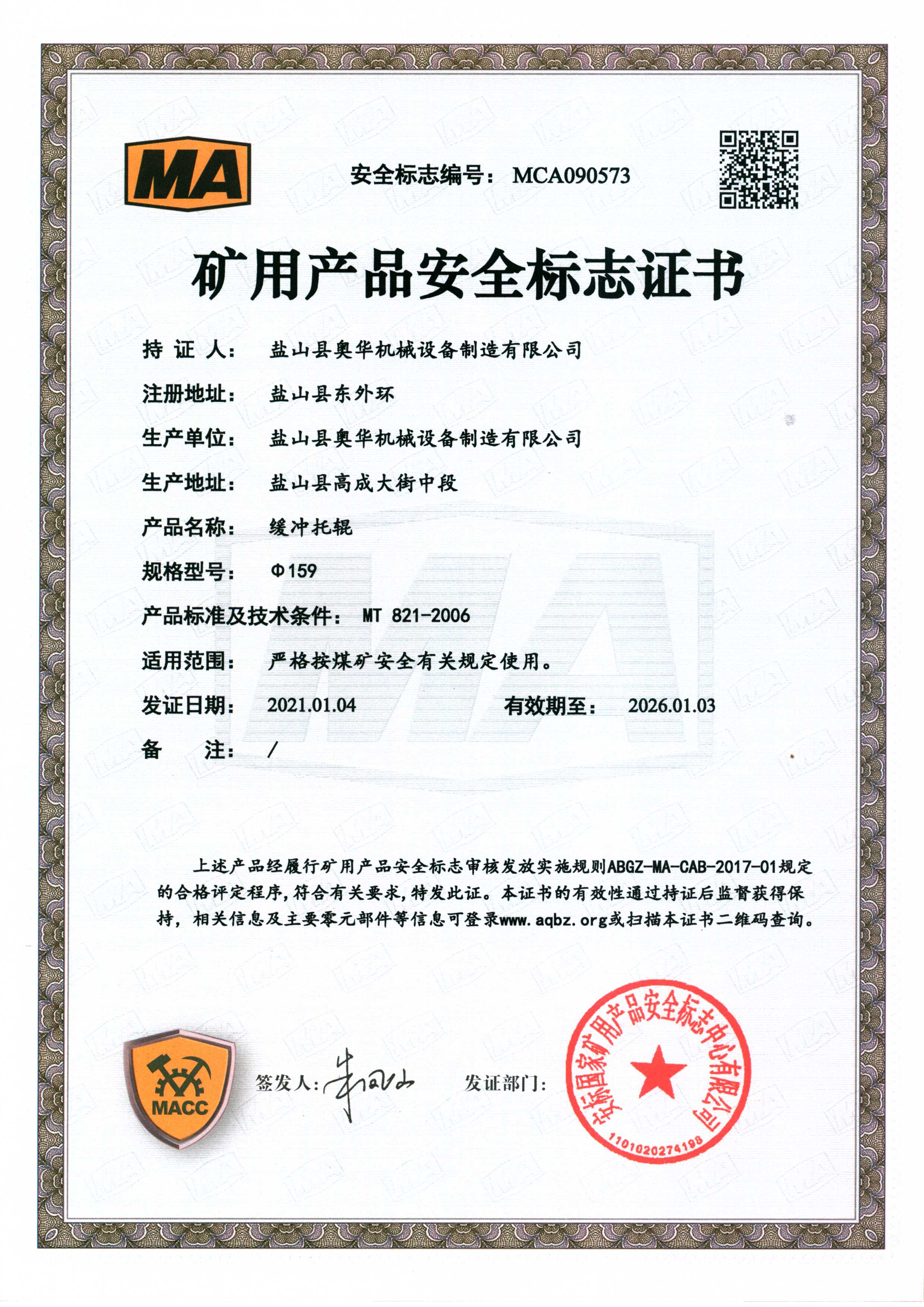 Afrikaans
Afrikaans  Albanian
Albanian  Amharic
Amharic  Arabic
Arabic  Armenian
Armenian  Azerbaijani
Azerbaijani  Basque
Basque  Belarusian
Belarusian  Bengali
Bengali  Bosnian
Bosnian  Bulgarian
Bulgarian  Catalan
Catalan  Cebuano
Cebuano  Corsican
Corsican  Croatian
Croatian  Czech
Czech  Danish
Danish  Dutch
Dutch  English
English  Esperanto
Esperanto  Estonian
Estonian  Finnish
Finnish  French
French  Frisian
Frisian  Galician
Galician  Georgian
Georgian  German
German  Greek
Greek  Gujarati
Gujarati  Haitian Creole
Haitian Creole  hausa
hausa  hawaiian
hawaiian  Hebrew
Hebrew  Hindi
Hindi  Miao
Miao  Hungarian
Hungarian  Icelandic
Icelandic  igbo
igbo  Indonesian
Indonesian  irish
irish  Italian
Italian  Japanese
Japanese  Javanese
Javanese  Kannada
Kannada  kazakh
kazakh  Khmer
Khmer  Rwandese
Rwandese  Korean
Korean  Kurdish
Kurdish  Kyrgyz
Kyrgyz  Lao
Lao  Latin
Latin  Latvian
Latvian  Lithuanian
Lithuanian  Luxembourgish
Luxembourgish  Macedonian
Macedonian  Malgashi
Malgashi  Malay
Malay  Malayalam
Malayalam  Maltese
Maltese  Maori
Maori  Marathi
Marathi  Mongolian
Mongolian  Myanmar
Myanmar  Nepali
Nepali  Norwegian
Norwegian  Norwegian
Norwegian  Occitan
Occitan  Pashto
Pashto  Persian
Persian  Polish
Polish  Portuguese
Portuguese  Punjabi
Punjabi  Romanian
Romanian  Russian
Russian  Samoan
Samoan  Scottish Gaelic
Scottish Gaelic  Serbian
Serbian  Sesotho
Sesotho  Shona
Shona  Sindhi
Sindhi  Sinhala
Sinhala  Slovak
Slovak  Slovenian
Slovenian  Somali
Somali  Spanish
Spanish  Sundanese
Sundanese  Swahili
Swahili  Swedish
Swedish  Tagalog
Tagalog  Tajik
Tajik  Tamil
Tamil  Tatar
Tatar  Telugu
Telugu  Thai
Thai  Turkish
Turkish  Turkmen
Turkmen  Ukrainian
Ukrainian  Urdu
Urdu  Uighur
Uighur  Uzbek
Uzbek  Vietnamese
Vietnamese  Welsh
Welsh  Bantu
Bantu  Yiddish
Yiddish  Yoruba
Yoruba  Zulu
Zulu Understanding Belt and Pulley Systems in Mechanical Engineering Applications
Belt and Pulley Drive Systems An Overview
Belt and pulley drive systems are crucial components in mechanical engineering and machinery design. They serve as a reliable means of transferring power from one point to another, allowing various machines to operate efficiently in both industrial and domestic applications. The simplicity of design combined with versatility makes belt and pulley systems a popular choice for a wide range of engineering tasks.
Basics of Belt and Pulley Systems
At its core, a belt and pulley drive system consists of two or more pulleys connected by a belt, which can be made of rubber, fabric, or metal. The basic principle involves a rotating pulley that drives a belt, which in turn drives another pulley. This setup allows for the transmission of mechanical power over a distance, accommodating various speeds and torque requirements, depending on the size of the pulleys and the type of belt used.
Types of Belts
There are several types of belts used in these systems, each with its own characteristics and applications
1. Flat Belts Historically common in mechanical drives, flat belts are simple in design and effective for transmitting power over long distances. 2. V-belts Featuring a trapezoidal cross-section, V-belts provide better grip and can operate at higher speeds and loads, making them popular in automotive applications. 3. Timing Belts Equipped with teeth for precise alignment, timing belts are vital in applications where synchronization of components is required, such as in camshaft drives in engines.
Advantages of Belt and Pulley Systems
belt and pulley drive

Belt and pulley systems offer numerous advantages. One major benefit is their ability to dampen vibrations, making them suitable for noisy environments where quieter operation is needed. Additionally, the flexibility in their design allows for variations in speed and torque, enabling customization for specific applications. Because belts can slip slightly on the pulleys, they can protect machinery from overloads, preventing mechanical failure.
Another advantage is the relative ease of installation and maintenance. Unlike gears, which require precise alignment and lubrication, belt systems are generally easier to install, adjust, and replace. This allows for quicker repairs and reduces downtime, crucial in commercial and industrial settings.
Disadvantages and Limitations
Despite their advantages, belt and pulley systems are not without downsides. Over time, belts can wear out due to friction and heat, leading to slippage and reduced efficiency. Environmental factors such as dust, moisture, and temperature fluctuations can also affect belt performance and lifespan. Moreover, while belt systems can transmit torque effectively, they may not handle extremely high loads as efficiently as gears, necessitating careful design choices to optimize performance.
Applications of Belt and Pulley Drives
Belt and pulley systems have a wide range of applications across various industries. In manufacturing, they are used in conveyor systems to move goods between different processes. In automotive engineering, they drive components such as alternators and water pumps. Household appliances, such as washing machines and vacuum cleaners, also utilize belt and pulley systems for their operation.
Conclusion
In summary, belt and pulley drive systems play a vital role in the mechanical world. Their ability to efficiently transmit power, coupled with ease of use and maintenance, makes them a favored choice in many applications. While challenges such as wear and environmental sensitivity exist, advancements in materials and design continue to enhance their functionality. As technology evolves, the belt and pulley system remains an integral part of our mechanical landscape, adapting to meet the demands of modern engineering.
-
Revolutionizing Conveyor Reliability with Advanced Rubber Lagging PulleysNewsJul.22,2025
-
Powering Precision and Durability with Expert Manufacturers of Conveyor ComponentsNewsJul.22,2025
-
Optimizing Conveyor Systems with Advanced Conveyor AccessoriesNewsJul.22,2025
-
Maximize Conveyor Efficiency with Quality Conveyor Idler PulleysNewsJul.22,2025
-
Future-Proof Your Conveyor System with High-Performance Polyurethane RollerNewsJul.22,2025
-
Driving Efficiency Forward with Quality Idlers and RollersNewsJul.22,2025





























